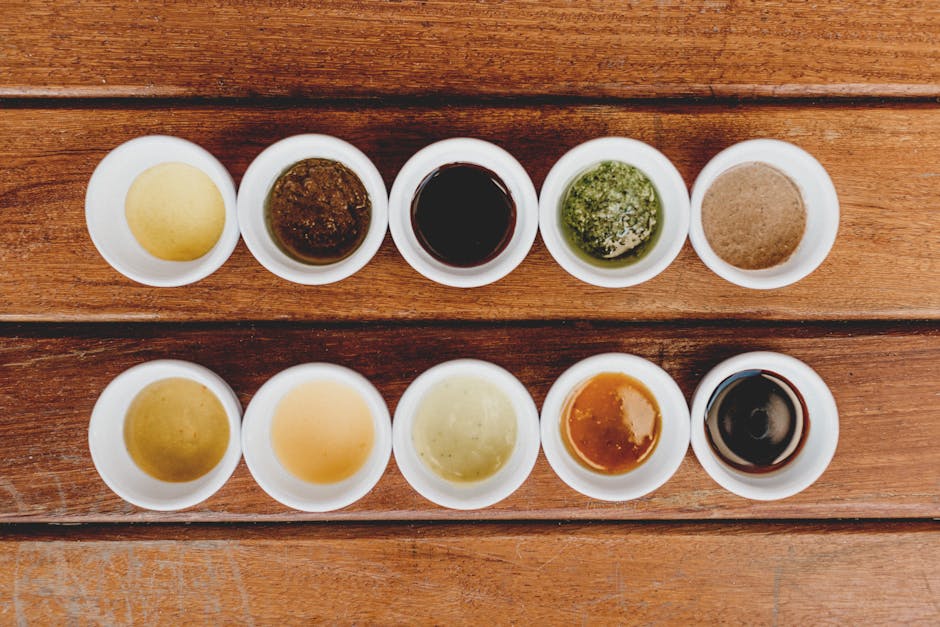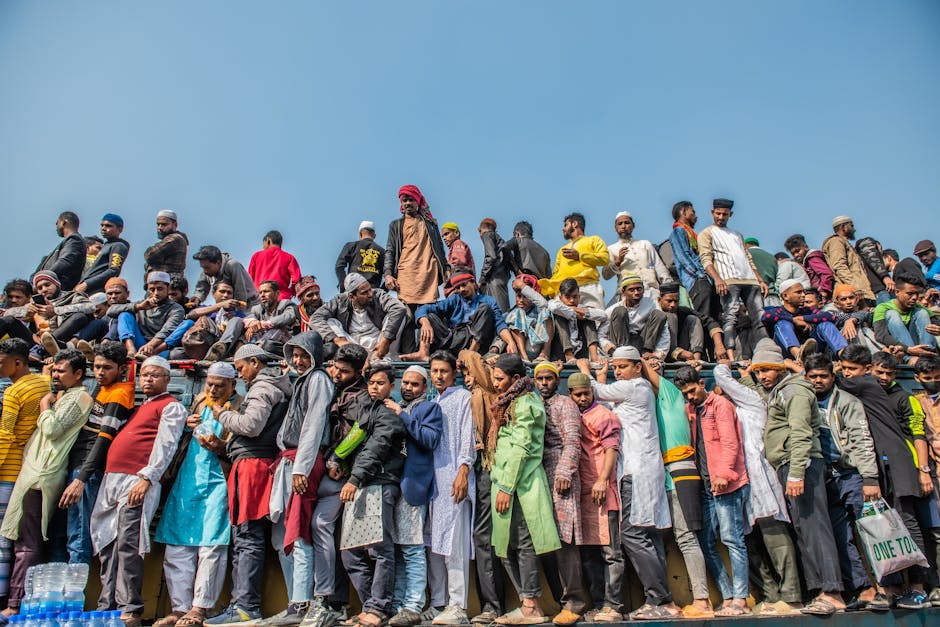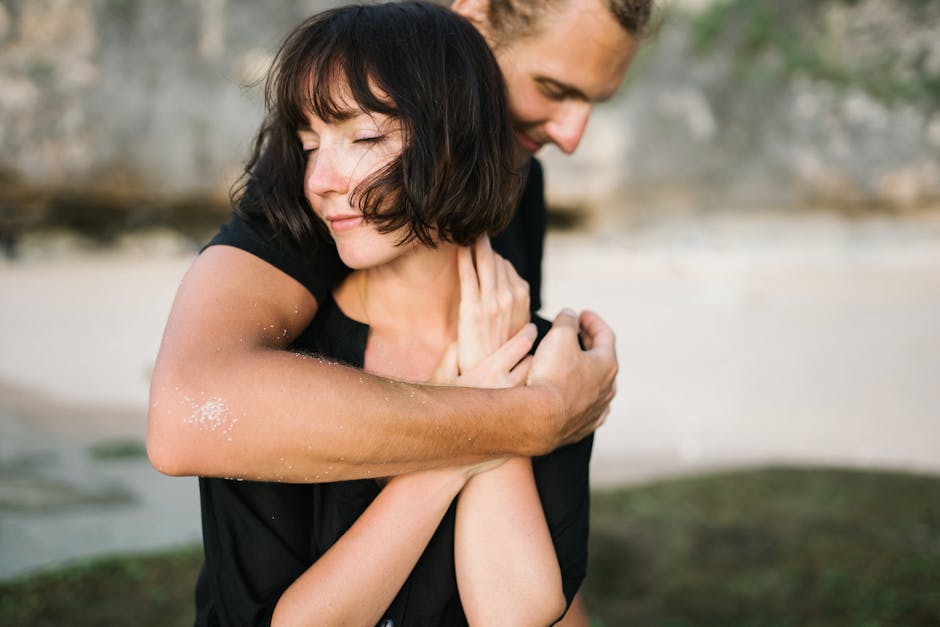Understanding the Wai: More Than Just a Bow - Decoding Thailand's Respectful Greeting

Understanding the Wai: More Than Just a Bow - Decoding Thailand's Respectful Greeting
Have you ever been to Thailand and been greeted with a graceful bow, hands pressed together in a prayer-like gesture? That's the "wai," and it's so much more than just a simple "hello." It's a deeply ingrained part of Thai culture, a beautiful expression of respect, gratitude, and social hierarchy. I remember my first trip to Thailand, being utterly charmed by the wai and feeling a strong desire to understand its nuances. It's a journey I think anyone visiting the Land of Smiles should embark on.
The Wai: A Window into Thai Culture

The wai is the traditional Thai greeting, a slight bow with the palms pressed together in a prayer-like manner. But honestly, reducing it to just a greeting doesn't do it justice. It's a multi-layered gesture that reflects the values and beliefs at the heart of Thai society. Think of it as a visual representation of the concept of "greng jai," which is this wonderful, complex feeling that encompasses consideration, thoughtfulness, and a desire to avoid causing discomfort to others. The wai, in many ways, embodies that perfectly.
It's a reflection of Thailand's history, deeply rooted in Buddhism and Hinduism. You see echoes of these religions in the very form of the wai. It's also a powerful tool for navigating social interactions, conveying respect, acknowledging status, and even expressing apologies.
The Components of the Wai: A Subtle Art

The beauty of the wai lies in its simplicity and its subtleties. While the basic gesture remains the same – hands pressed together and a slight bow – there are variations that convey different levels of respect and formality. These nuances are incredibly important to understand, and observing how Thais interact with each other is the best way to learn. Here's a breakdown of the key components:
- The Position of the Hands (Anjali Mudra): The hands are pressed together, palm to palm, fingers pointing upwards. Think of it as a prayer position. The higher the hands are placed in relation to the face, the greater the respect being shown.
- The Bow (Grap): The depth of the bow is crucial. A slight nod is sufficient for equals, while a deeper bow is reserved for those of higher status or those deserving of great respect.
- The Head Position: The head usually follows the bow, tilting slightly forward.
- Eye Contact: Maintaining soft, respectful eye contact during the wai is essential. Avoid staring intensely, as this can be perceived as aggressive.
Different Types of Wai: Navigating Social Hierarchy

Here's where things get interesting. The type of wai you use depends on who you are greeting and the specific situation. Getting it right shows you've taken the time to learn and respect Thai customs, which is always appreciated. Here are a few common scenarios:
- Wai Khru: This is the highest form of wai, reserved for monks, royalty, and those held in the highest esteem, such as teachers or parents. The thumbs touch the forehead, and the fingertips reach the hairline. It's a deep expression of reverence.
- Wai Phra: This is used when paying respect to Buddhist images and sacred objects. The thumbs touch the nose, and the fingertips reach the eyebrows.
- Wai Chao: This is a general greeting used among people of equal or similar status. The fingertips are typically positioned around chin level or just below the nose.
- Wai Det: This is a way of greeting someone who is of lower status than you, for example, a child, a waiter or a shop assistant. You don't have to reciprocate the wai if you're significantly older or hold a higher social position. A polite nod or smile is often sufficient.
When to Wai (and When Not To): A Practical Guide

Knowing when to wai is just as important as knowing how to wai. Here are some general guidelines to keep in mind:
- Greeting: Use the wai to greet people upon arrival or departure, particularly when meeting someone for the first time.
- Thanking: It's a polite way to express gratitude, especially for small acts of kindness or service.
- Apologizing: A wai can soften an apology and show sincerity.
- Showing Respect: Use the wai to show respect to elders, monks, teachers, and other figures of authority.
- Entering a Temple: It's customary to wai Buddhist images inside temples (wats).
However, there are also times when wai-ing is not appropriate:
- When Handling Money or Food: Avoid wai-ing while your hands are occupied.
- When You are Busy With Something: If you are in the middle of something important.
- In Very Informal Settings: Among close friends, a simple nod or smile may suffice.
- Western Handshakes: While Thai culture values their traditions, they also understand that tourists may prefer other greetings. If someone offers you a handshake, it's perfectly acceptable to accept.
The Wai and Social Status: A Sensitive Subject

The wai is intrinsically linked to Thailand's hierarchical social structure. It acknowledges differences in age, status, and social standing. It's a subtle dance of respect, where the younger or lower-status person typically initiates the wai first. However, it's important to be aware that this can be a sensitive area, and as a foreigner, it's often best to err on the side of caution and offer a wai first, especially to older people or those in positions of authority. Observe how Thais interact with each other and try to mirror their behavior. Showing that you are aware of and respect these social dynamics will be greatly appreciated.
It is also important to note that sometimes, people may not wai you back. A person in a higher position in the Thai social order may not return your wai. Do not be offended. This is not necessarily a sign of disrespect, but more an acknowledgement of the social hierarchy.
Beyond the Gesture: The Meaning Behind the Wai

Ultimately, the wai is more than just a gesture; it's a reflection of the Thai worldview, a worldview that values respect, humility, and harmony. It is deeply connected to the Buddhist principles that are at the heart of Thai society. It reflects a desire to create positive interactions and maintain social equilibrium. By understanding the nuances of the wai, you gain a deeper appreciation for the cultural richness of Thailand and its people.
I remember one instance where I mistakenly offered a "wai chao" to a monk. He gently corrected me with a kind smile, explaining the proper "wai khru." I felt a little embarrassed, but also incredibly grateful for his patience and willingness to teach me. It was a valuable lesson in cultural sensitivity that I'll never forget.
Tips for Travelers: Mastering the Art of the Wai

So, how can you, as a traveler, navigate the world of the wai with grace and confidence? Here are a few tips:
- Observe and Learn: Pay attention to how Thais greet each other in different situations. Mimic their gestures and learn from their example.
- Start Small: Begin with a simple "wai chao" when greeting people.
- Be Mindful of Status: When in doubt, offer a wai first, especially to older people or those in positions of authority.
- Practice Makes Perfect: Don't be afraid to practice your wai. The more you do it, the more natural it will feel.
- Don't Overthink It: It's okay to make mistakes. Thais are generally very forgiving and understanding, especially towards foreigners who are making an effort to learn their customs.
- Smile: A genuine smile goes a long way. Combine your wai with a warm smile, and you'll be sure to make a positive impression.
Common Mistakes to Avoid

While Thais are generally very understanding, there are a few common mistakes that travelers should avoid:
- Wai-ing to Service Staff in Western-style establishments: Often a simple 'thank you' is sufficient.
- Not Returning a Wai: If someone wais you, it's polite to return the gesture, unless they are of significantly lower status.
- Using the Wrong Type of Wai: Be mindful of the different types of wai and use them appropriately.
- Being Too Casual: Avoid being too casual or informal when using the wai, especially with elders or those in positions of authority.
The Wai in Modern Thailand

While Thailand is rapidly modernizing, the wai remains a vital part of the culture. You'll see it everywhere, from bustling city streets to quiet rural villages. It's a constant reminder of the importance of respect, humility, and social harmony. Even with the rise of social media and globalization, the wai continues to thrive, a testament to its enduring significance.
Conclusion: Embracing the Spirit of the Wai

Learning about the wai is an investment in enriching your travel experience in Thailand. It's an opportunity to connect with the culture on a deeper level, to understand the values and beliefs that shape Thai society. It's a gesture that speaks volumes, conveying respect, gratitude, and goodwill. So, embrace the spirit of the wai, practice your bowing skills, and immerse yourself in the beauty and grace of Thai culture. You won't regret it. And who knows, you might even find yourself incorporating the wai into your daily life, as a reminder to approach the world with a little more respect, humility, and kindness. I know I have!
Happy travels, and may your journey to understanding the wai be as rewarding as mine has been. Sawasdee!
Post a Comment